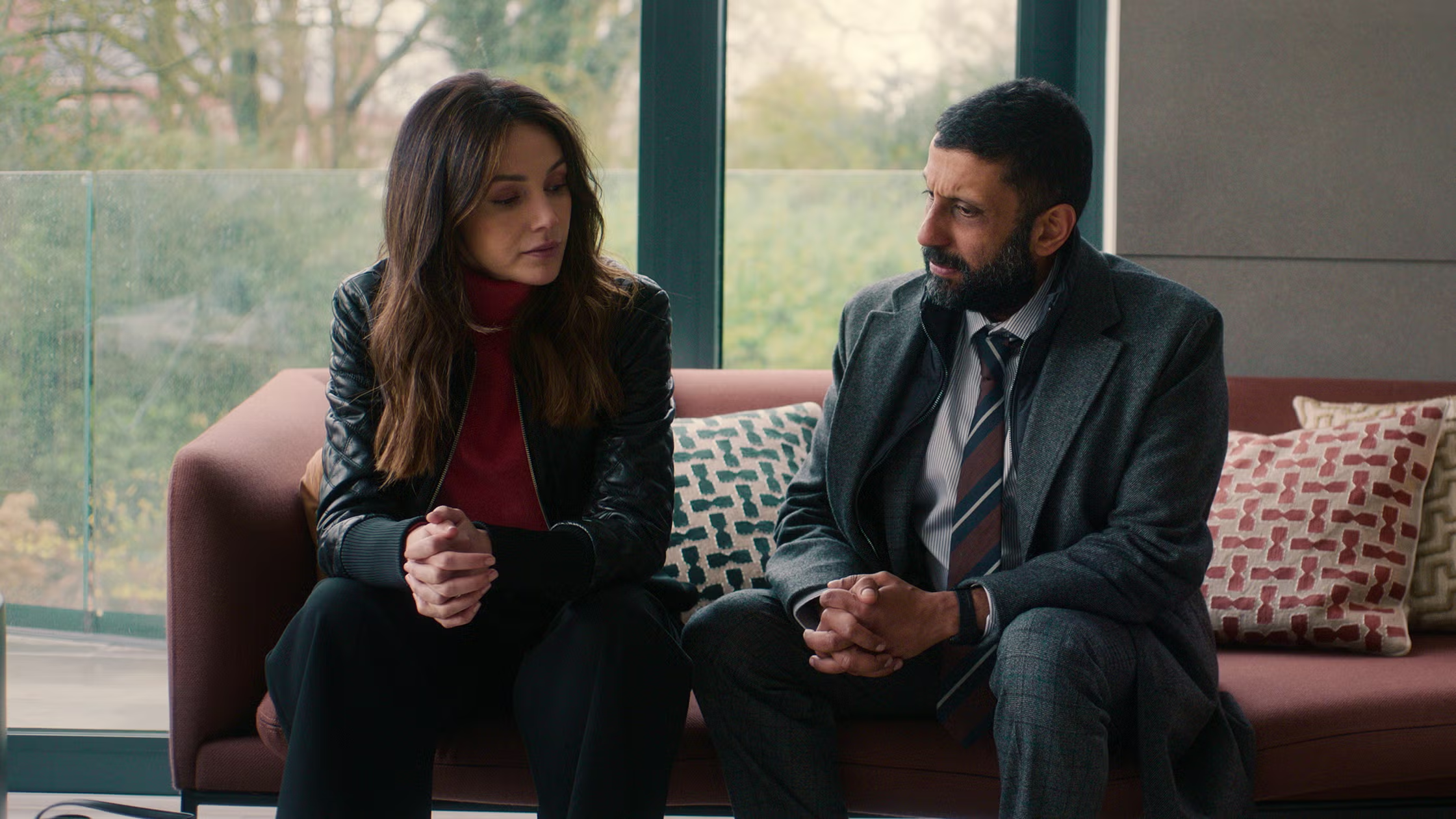
This Outrageous Media Coverage Nearly Fooled Me—Here’s What I Learned
Josh Shear – It started like any other morning—coffee in hand, phone in the other, scrolling through headlines. But that day, one particular story made me stop. The headline was sensational, the wording urgent, the tone—furious. Without thinking twice, I clicked. The article was about a public figure embroiled in controversy, painted as villainous and unhinged. And I believed it. For hours, I discussed it, shared it, and stood on my digital soapbox. That experience became a turning point, a moment that led me down the rabbit hole of media manipulation and bias. This is the story of how outrageous media coverage fooled me—and how I learned to read between the lines. If it happened to me, it can happen to anyone. But you can learn how to protect yourself, and it starts with understanding the game behind the headlines.
In today’s hyper-connected world, information spreads faster than truth can catch up. Media outlets compete not just for credibility, but for attention—and nothing grabs attention like outrage. Outrage drives clicks, and clicks mean revenue. So media organizations frame stories in ways that tap into our emotions, especially anger, fear, or self-righteousness.
That’s exactly what happened with the article I read. It wasn’t technically false, but it was aggressively slanted. Key details were left out, context was missing, and the subject’s statements were quoted selectively. It wasn’t reporting—it was storytelling with an agenda.
And I, like many others, didn’t notice. Until I did.
One of the most dangerous aspects of outrageous media coverage is how well it plays into our existing beliefs. We tend to trust sources that reinforce what we already think. If a story confirms our worldview, we’re more likely to accept it without scrutiny.
That’s how I got caught. The article aligned perfectly with my frustrations at the time, so I read it not as a skeptical reader, but as someone already convinced.
This moment forced me to confront my own bias—and that was the beginning of an eye-opening process.
To fact-check the article, I started tracing the sources.
What I discovered was far from the narrative I had been fed. The “controversial” figure hadn’t said what the article claimed—at least, not in the way it implied. The situation was far more nuanced. The so-called explosive moment was clipped out of context. And the framing? Entirely misleading.
That realization wasn’t just disappointing—it was infuriating. I had let myself be misled, and worse, I had unknowingly spread the distortion further. That was a wake-up call.
Once I became aware of how easily I’d been manipulated, I started noticing patterns in how news stories are crafted. Headlines are often written to provoke. Words like “slams,” “destroys,” or “rages” are used to imply conflict. Phrases like “critics say” allow journalists to introduce opinions without citing evidence. Passive voice is used to obscure responsibility.
All these techniques subtly shape how we perceive a story before we’ve even read it. By the time we reach the final paragraph, we’ve already been nudged in a particular direction. The line between informing and persuading becomes dangerously thin.
That experience changed how I interact with the news. Today, before reacting or reposting anything.
These steps don’t take long, but they make all the difference. They help me spot outrageous media coverage before it gets a grip on my emotions.
I’m not proud of being fooled, but I’m grateful for what the experience taught me. It reminded me that staying informed isn’t the same as being reactive. That journalism should be held to a higher standard. That truth matters more than drama.
Most importantly, it taught me that media literacy isn’t just for scholars or professionals. In today’s world, it’s survival. We are all curators of information now, and with that comes responsibility.
This website uses cookies.